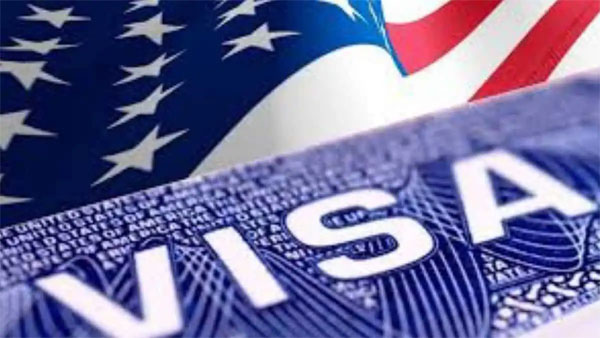Daijiworld Media Network - Washington
Washington, Aug 31: A proposed visa rule by the Trump administration, aimed at capping the duration of international student visas to four years, is expected to disproportionately affect Indian students compared to their Chinese counterparts, according to study abroad experts.
While Indian and Chinese students together make up over half of the international student population in the US, their motivations and educational patterns differ in ways that make Indian students more vulnerable to the proposed restrictions.
Indian students are primarily enrolled in self-funded master’s programs, particularly in STEM fields, and often rely on Optional Practical Training (OPT) and the H-1B visa route for post-study employment. Their plans heavily depend on access to the US job market to recoup educational investments. On the other hand, Chinese students frequently return home after graduation and often pursue fully funded PhD and research-heavy postgraduate programs, where financial support from universities minimizes their reliance on work visas.

This divergence is critical under the proposed change, which eliminates the flexible “duration of status” model and introduces a strict four-year cap. Although the rule doesn’t directly alter the OPT program, it adds uncertainty to the already complex post-study work pathway for Indian students.
Education consultants say the shift reflects broader policy trends: a perceived tightening of US immigration and visa norms for India, with relatively softer signals toward Chinese students. President Trump recently made a public statement welcoming Chinese students to US institutions, a move seen by some as part of a broader geopolitical balancing act. Meanwhile, Indian students face more hurdles—ranging from visa backlogs and fewer interview slots to increasing skepticism around H-1B visas, which Trump has publicly criticized.
According to experts like Akshay Chaturvedi of LeverageEdu and Adarsh Khandelwal of Collegify, Chinese students tend to target top-tier universities and are often backed by strong family financial support, which insulates them from immediate visa worries. In contrast, Indian students calculate their study decisions based on return on investment, making US job market access a crucial factor.
Piyush Kumar of IDP notes that any future policy changes to OPT or H-1B would disproportionately impact Indian students, who dominate these categories. Meanwhile, Sonal Kapoor of Prodigy Finance observes that many Indian students, especially in non-STEM disciplines, are already shifting focus to destinations like the UK, Germany, Australia, and New Zealand, where immigration policies are currently more favorable.
The proposed rule adds another layer of unpredictability to the US education pipeline. While the US remains a strong choice for Indian students in STEM, others are increasingly exploring alternate destinations with clearer post-study work options and friendlier visa regimes.
With the lack of clarity around the future of OPT and the introduction of a fixed-term visa, industry voices like Naveen Chopra of The Chopras Group warn that the US could see declining interest from Indian students—especially for spring intakes—unless policy shifts are addressed.